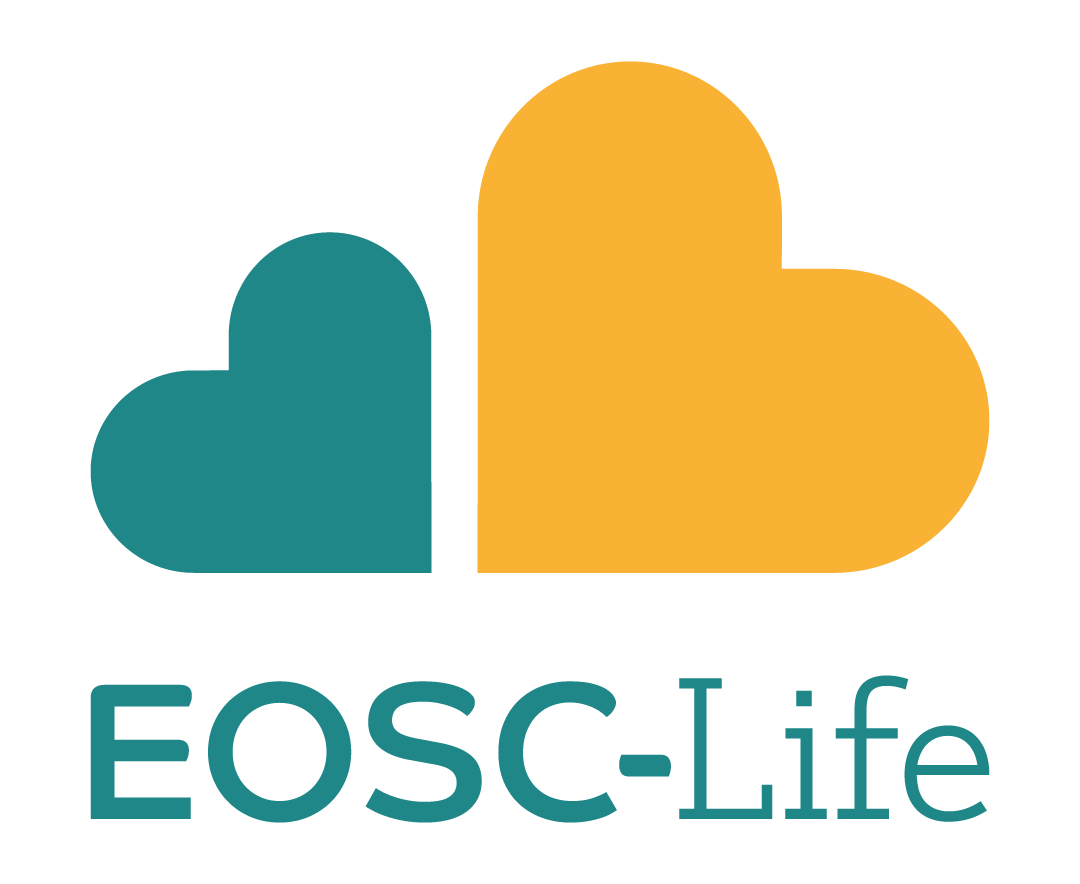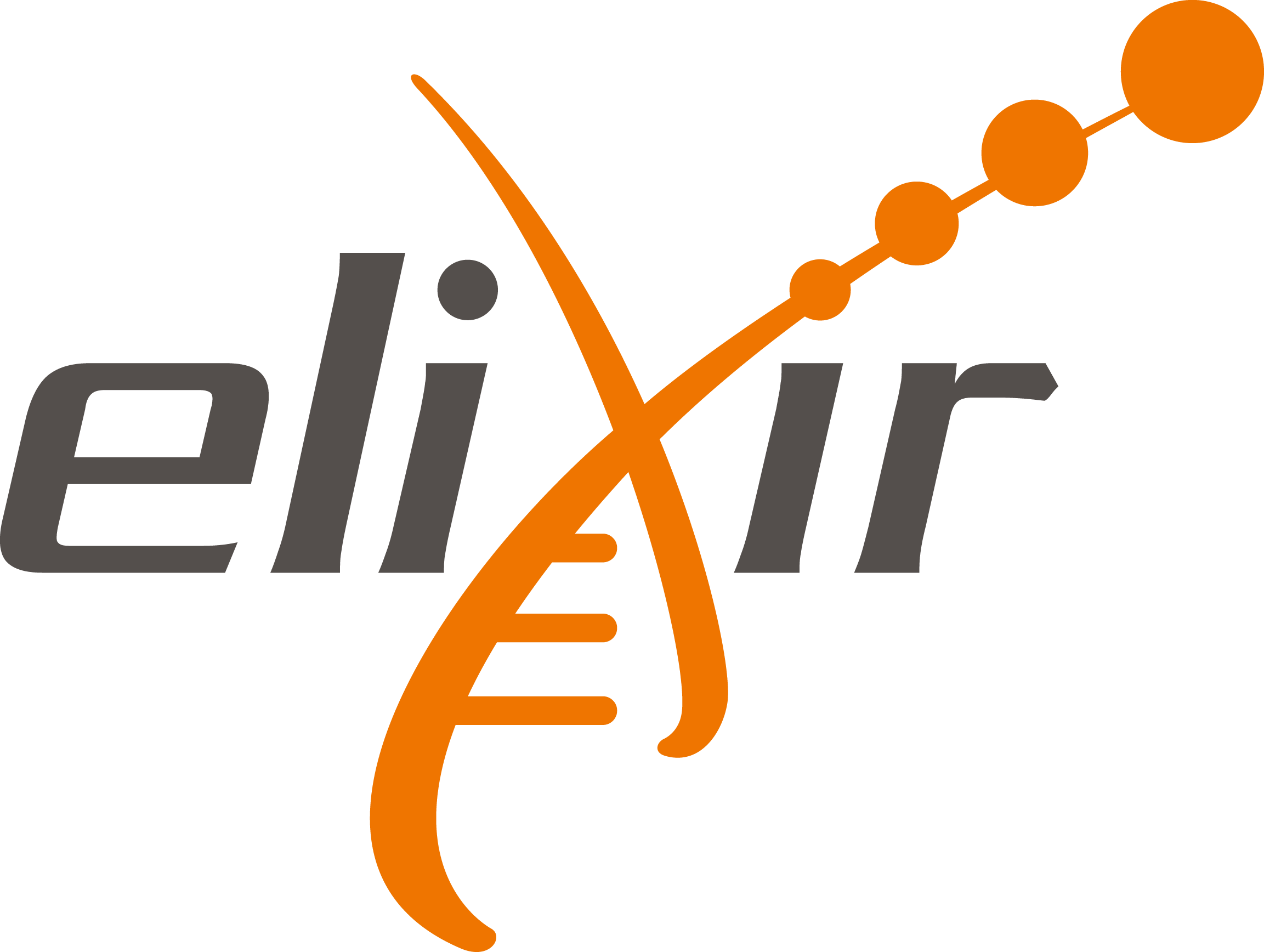Accessible and scalable detection and identification of foodborne pathogens, a project with Biolytix and funded by EOSC-Life
TLDR: Thanks to funding from EOSC-Life, the Freiburg Galaxy team will work in 2022 with Biolytix, a Swiss Small and Medium-sized Enterprise (SME) specialized in molecular biology and microbiological analyses, toward Accessible and scalable detection and identification of foodborne pathogens.
Background
Food contaminations with pathogens are a major burden on our society. In the year 2019, foodborne pathogens caused 137 diseases in Germany (BVL 2019). Globally, they affect an estimated 600 million people a year and impact socioeconomic development at different levels. These outbreaks are mainly due to Salmonella spp. followed by Campylobacter spp. and Noroviruses.
During the investigation of a foodborne outbreak, a microbiological analysis of the probable responsible food vehicle is performed in order to detect the responsible pathogens and track the contamination source. By default, to detect bacterial pathogens in food, the European Regulation (CE) follows ISO standards, but alternative methods with equivalent performance are possible. Usually, foodborne pathogens are detected and identified by stepwise cultures on selective media and/or targeting specific genes with real-time PCRs. To characterize the detected strains, the current gold standard is Pulsed-field Gel Electrophoresis (PFGE) or Multiple-Locus Variable Number Tandem Repeat Analysis (MLVA). These techniques have some disadvantages. Whole Genome Sequencing (WGS) has been proposed as an alternative:
- detection of all genes with just one sequencing run,
- phylogenetic analysis to link cases,
- information on antimicrobial resistance genes, virulence, serotype, resistance to sanitizers, root cause, and other critical factors in one assay, including historical reference to pathogen emergence.
WGS is more than a surveillance tool and was recommended by the European Centre for Disease Prevention and Control (ECDC) and the European Food Safety Authority (EFSA) for surveillance and outbreak investigation. WGS still requires isolation of the targeted pathogen, which is a time-consuming, not always straightforward nor successful process. Sequencing methods without prior isolation could solve this issue.
The evolution of sequencing techniques in the last decades has made possible the development of shotgun metagenomic sequencing, i.e. the direct sequencing of all DNA present in a sample. This approach gives an overview of the genomic composition of all cells in the sample, including the food source itself, the microbial community and any possible pathogens and their complete genetic information, without the need for prior isolation. Several studies have demonstrated the potential of shotgun metagenomics to identify and characterize pathogens and their functional characteristics (e.g. virulence genes) in naturally contaminated or spiked food samples.
The currently available studies used Illumina sequencing, generating short reads. Longer read lengths, generated by third generation sequencing platforms such as Pacific Biosciences (PacBio) and Oxford Nanopore Technologies (ONT), make it easier and more practical to identify strains with fewer reads. MinION (from Oxford Nanopore) is a portable, real-time device for ONT sequencing. Several proof-of-principle studies have shown the utility of ONT long read sequencing from metagenomic samples for pathogen identification.
Our project
The industry partner of this project, Biolytix, is a Swiss Small and Medium-sized Enterprise (SME) founded in 1998, that specializes in molecular biology and microbiological analyses. They developed a procedure to extract, sequence using MinION (ONT) sequencing and analyze a food sample for foodborne pathogen detection and contamination source tracking. However, the bioinformatics pipelines are not following the best practices for open data science, not straightforward and can only be manipulated by the original author, making it not scalable.
The aim of the project is to modernize, FAIRify and validate the bioinformatic pipeline developed by Biolytix to extract, sequence using MinION (ONT) sequencing and analyze a food sample for foodborne pathogen detection and contamination source tracking using modern paradigms of data science to make it accessible and scalable.
What do we plan to do?
- Version, document and package the manual tasks and custom scripts into proper tools;
- Replace some tools by state-of-the-art and open-source and free to use tools;
- Improve dependency resolution by providing Bioconda/Biocontainer for all tools;
- Update and version databases;
- Migrate to an explicit workflow environment system (Galaxy):
- Update existing wrappers and create new wrappers when needed for all tools and share them on the Galaxy ToolShed,
- Associate all databases to data managers and add them to Galaxy CVMFS,
- Add proper visualization,
- Add automatic report generation;
- Annotate tools and workflows with metadata including ELIXIR bio.tools;
- Validate the workflows:
- Blind tests on the data generated by Biolytix,
- Comparison with results from existing workflow;
- Develop a suite for automatic workflow tests and integrate it with EOSC-Life Life-Monitor
- Share the workflows on IWC and EOSC-Life Workflow Hub;
- Documentation in the form of online tutorials in the Galaxy Training Network;
- Organization of a workshop;
- Dissemination and advertisement of the workflows to interested (industry) parties.




